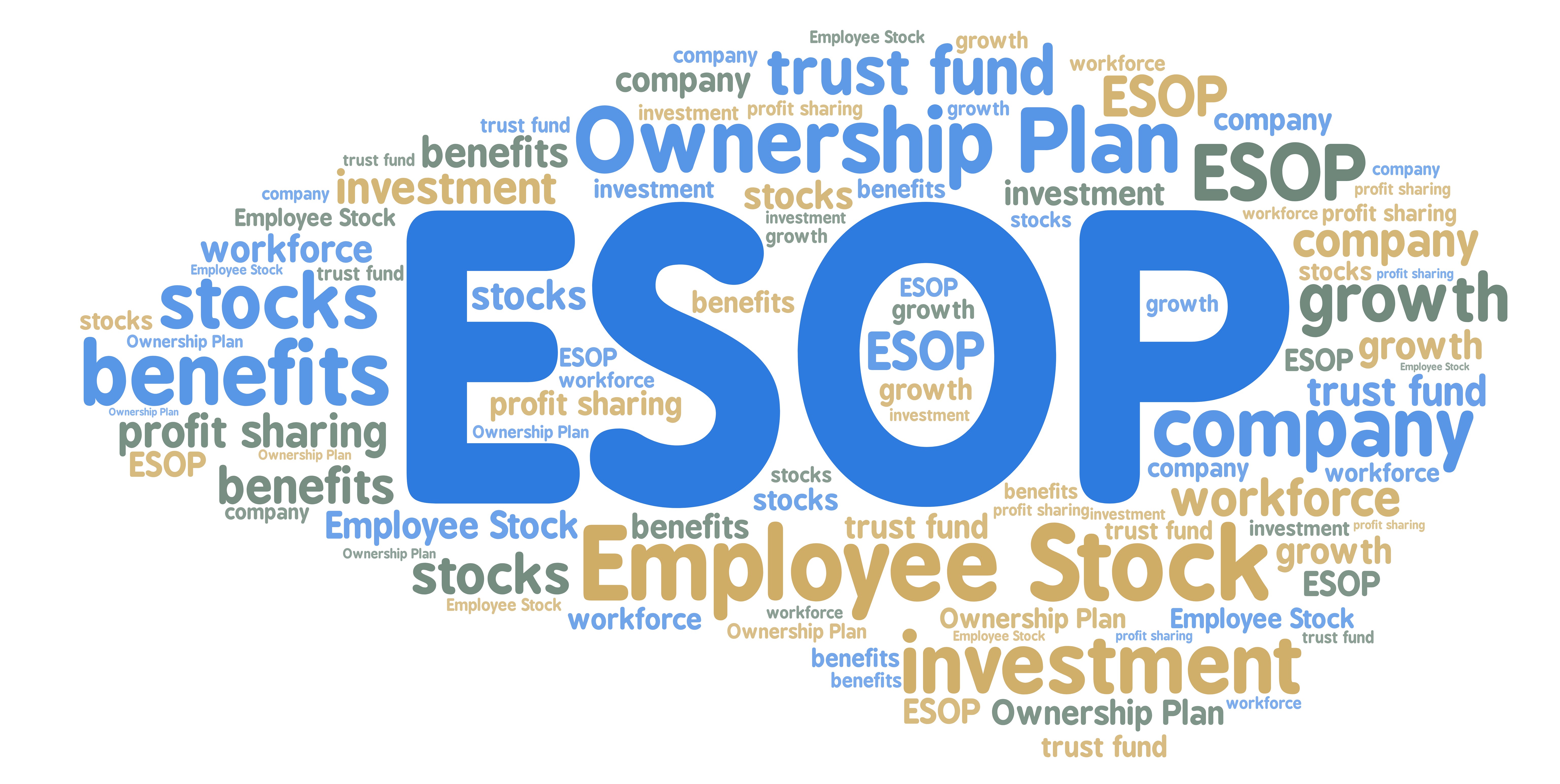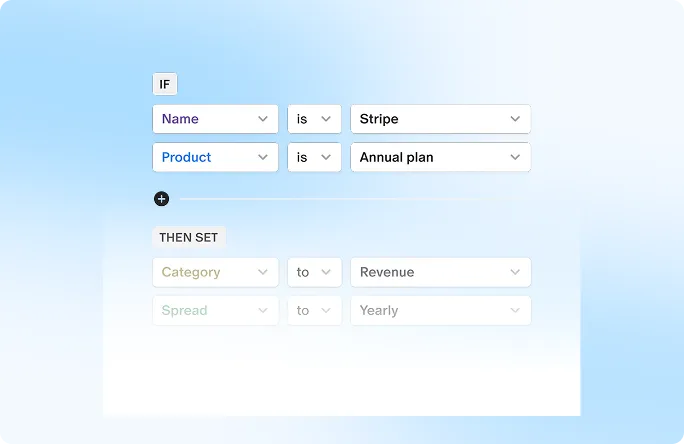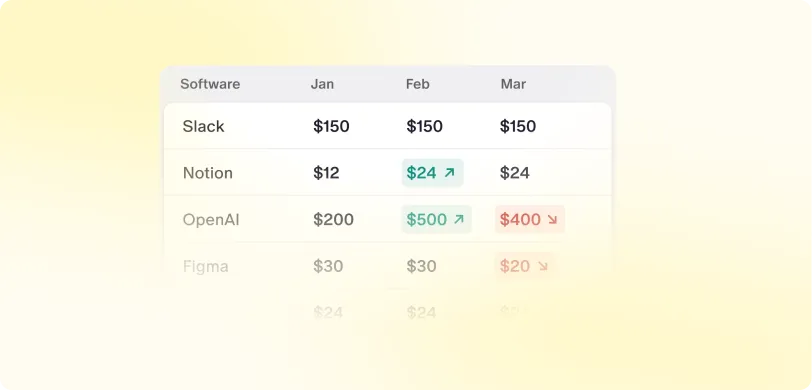In startups, founders and CHROs are responsible for ESOP creation and administration. So they must be aware of the terms in the ESOP scheme. Not understanding the terms often leads to problems later.
In this post, you'll learn terms related to ESOP that you must be aware of.
ESOP:
Employee stock option plan refers to an employee benefit plan under which a company grants stock options to its employees. Companies use ESOPs to attract and retain talent by allowing their employees to purchase shares of the Company at a price fixed on the date of grant.
ESOP Scheme:
It contains all the rules and terms based on which ESOPs are granted and exercised by employees. Note that in Singapore, options can also be granted to non employees.
ESOP Pool:
The employee stock options pool is the total number of shares reserved for the company's employees. It's part of the ESOP scheme document and approved by the shareholders. Typically, companies set aside 10-25% of equity for the ESOP pool. Phantom stocks or SARs are the best choice, where a Company wishes to offer employees with rewards that are based on merit or some other discretionary basis - the benefit being since they are given in cash for the shares and no ownership control is given to the employees, handling of these options becomes easy for the owners.
When a company adds more shares to the ESOP pool, it is known as expanding the pool. Companies typically broaden the pool to give more stock options to the existing employees or to make critical hires.
Stock Options:
Stock Options give employees the right (but no obligation) to purchase the shares of a company. Keep in mind that stock options are different from actual company stocks/shares. A stock (or share) gives the shareholder fractional ownership in a company and certain rights which are available only for the stakeholders. A stock option is converted into shares only after the employees purchase them.
Vesting:
Employees can't just purchase the options right away after joining the company. There is a certain period they have to work in the company after which they earn the right to buy the stocks. This prevents the employees from joining a company, purchasing stocks at a discounted rate and leaving the company
Otherwise, it defeats the purpose of ESOP as a mechanism to retain employees. Vesting distributes the number of shares that employees can purchase at a time, which they have been granted. If all the stock options vest in one go, employees can purchase 100% of the stocks. It's called cliff vesting. When these options vest in parts, it's called graded vesting.
Vesting can be based on time, performance or a combination of both.
Time-based vesting schedule: This is used to retain employees. In time-based vesting, employees get the right to purchase shares based on the time for which they work in the company. Generally, companies make the vesting frequency as monthly, quarterly, or annually.
- If the employees can purchase an equal number of stocks at every specific interval, it's called uniform vesting. Usually, the total vesting period is four years in India, with 25% of stocks getting vested each year.
- We've also seen companies giving their employees an option to purchase an unequal number of stock options at specific intervals. It can be either front ended vesting when more options vest earlier, for example 60%, 20%, 10%, 10% or back ended vesting where more options vest towards the end of the vesting period, for example 10%, 10%, 20%, 60%. A famous example of back-end vesting is Amazon, where the options vest 5% in the first year, 15% in the second year, 40% in the third and four year after receiving the grant.
Performance-based vesting schedules: It's used to boost employee morale to perform and create value for the company ensuring that employees are rewarded only if value is created for the company. In performance-based vesting, employees get the right to purchase based on achieving a predefined target.
When a company allows employees to get their options vested quickly and before the scheduled vesting period, it is known as accelerated vesting. It often happens during the time of merger or acquisition.
- Vested Options: Vested options are stock options that employees can purchase.
- Unvested Options: These are the stock options that the employees are still not eligible to buy. It may be either due to not completing the total vesting period (in case of time-based vesting) or not achieving the target (in case of performance-based vesting). If the employee leaves the company, the unvested options get added back to the company share or ESOP pool based on the rules decided in the ESOP Scheme.
Exercise:
Exercising means purchasing the vested options. Employees can purchase their vested stock options from the company at a predefined price which is decided at the time of grant, called exercise price.
- Exercise Period: It is the period until which an employee can buy the vested stock options from the company. If an employee fails to purchase the vested stock options during the exercise period, they lapse and are no longer available to the employee to exercise.
- Exercise Date: The date on which an employee exercises options and converts them in the company shares.
- Exercise Tax: When an employee exercises his vested options, they have to pay tax on exercise. In India, it is known as a perquisite tax. The exercise tax is calculated on the difference between the fair market value of the share and the exercise price of the option. Fair market value of the share is required to be determined by a merchant banker in India and an independent valuer in other countries.
- Spread: Spread is the difference between fair market value of the share and strike price. For example, if the share price is Rs 30 and the strike price is Rs 20, then the spread is Rs 10 (30 - 20). The higher the spread, the better the return employees get.
Grant Letter or Grant:
The document issued by the company while allocating stock options to employees. It contains all the terms and conditions related to ESOP. You can download the grant letter format for free here.
The following terms must be present in every grant letter:
- Grant Date: It is the date on which a company grants options to the employee.
- Vesting Period: This clause explains when and how many shares employees can buy after getting the grant.
- Cliff Period: It's the waiting period for which an employee has to work before getting the right to buy any stocks in the company. In other terms, it's the period after which your first vesting takes place. In India, it's mandatory to have at least a 12 months cliff period.
- Exercise Price/Strike price/Grant Price: It is the price at which employees can purchase the shares once they get vested. Often, the exercise price is lower than the market price.
- Expiry date: Date before which an employee must exercise the options. After the expiry date, stock options lapse and the employees lose the right to purchase the stocks.
Apart from ESOPs, companies also give SARs or RSUs to their employees as compensation benefits.
Stock Appreciation Rights (SAR):
Stock appreciation rights provide similar monetary benefits to employees as ESOPs but work differently. Instead of giving the right to purchase specific shares in a company, employees are given an amount equal to the appreciation in the value of the company over a specific period (i.e. difference between the market price on the date of vesting and strike price). This appreciation in value is then either settled in cash or shares.
You can learn more about SARs here.
Phantom Shares:
They work similar to SARs but the appreciation is settled in cash.
Restricted Stock Unit (RSU):
RSUs are deep discounted options usually given at the face value.
Note there is a major difference in how RSUs work in India and the US. In India, though the strike price is very low compared with the market price, employees still have to exercise the option by paying the face value of the share.
On the other hand, in the USA, RSUs are stocks that employees own as they vest. Employees don't need to purchase them. Unlike in India, it's a one-step process in the US, as there is no concept of exercising in RSUs.
About Qapita: Qapita is an ESOP and cap table management platform for startups. Using Qapita, you can digitize your ESOP administration. Try Now.


 ESOP Management
ESOP Management

 Liquidity Solutions
Liquidity Solutions

 ESOP Consulting
ESOP Consulting

 Fund Management
Fund Management













































